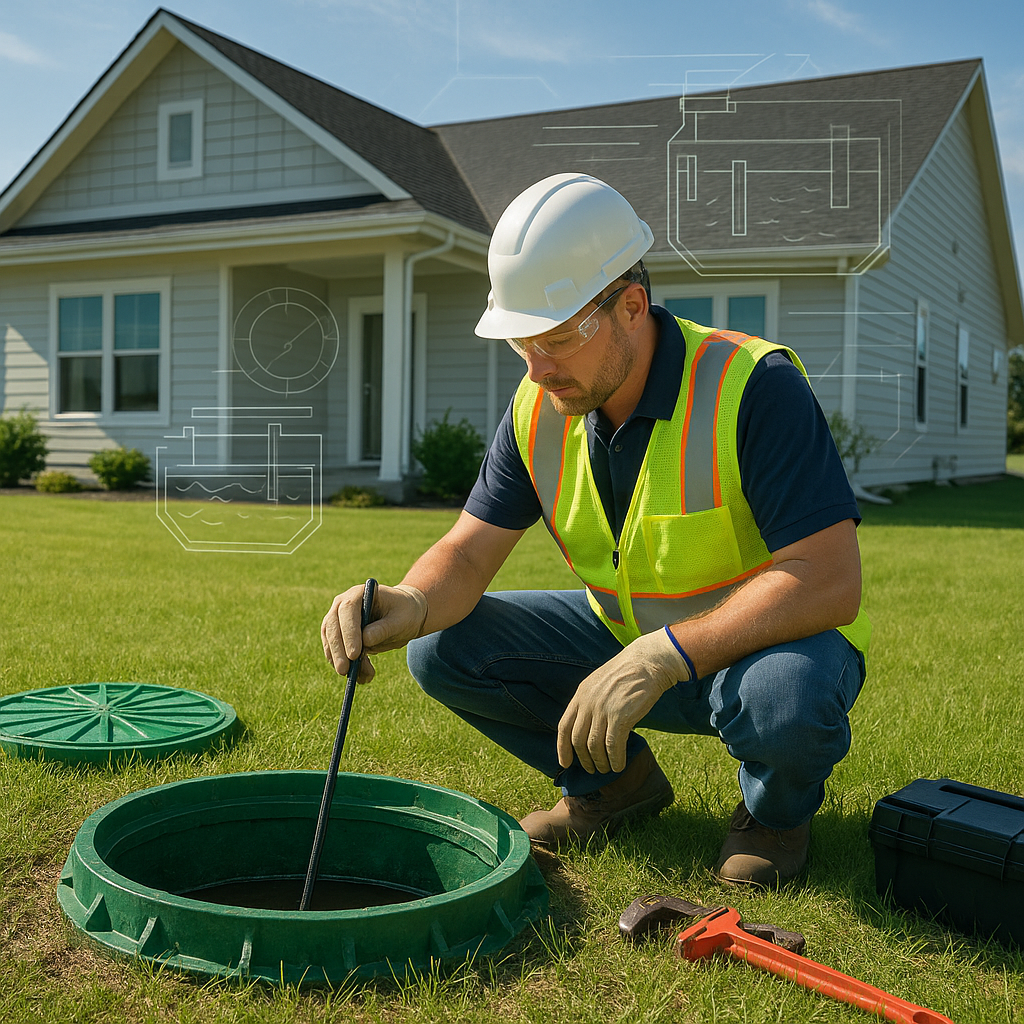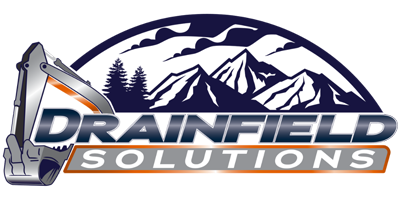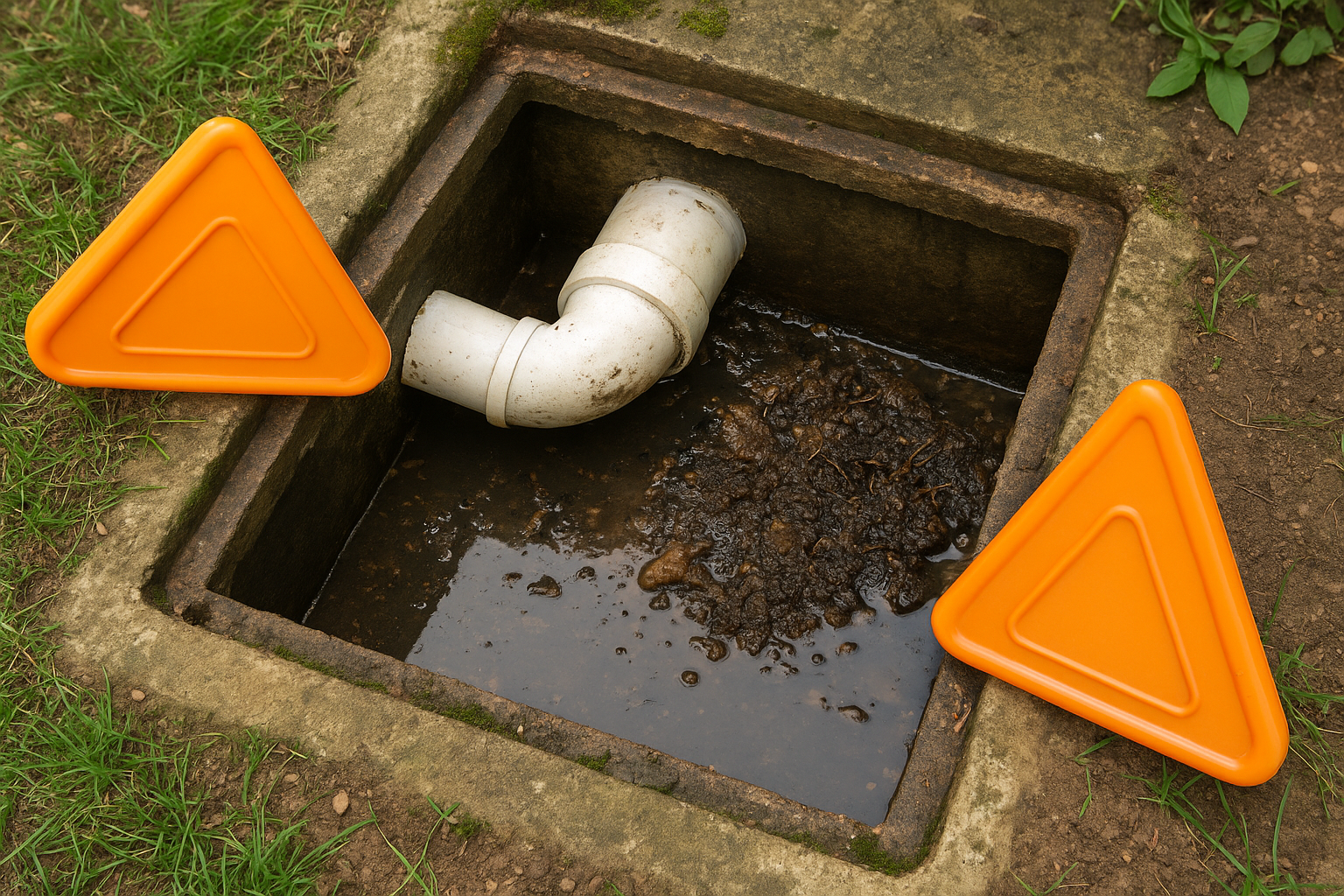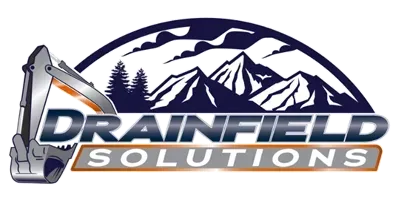
How is a Septic Inspection Performed?
June 5, 2025
A septic system is an essential component of homes and businesses that are not connected to a municipal sewer system. Regular inspections help ensure your system is functioning correctly, prevent costly septic drainfield repairs. But what does a septic inspection involve? In this guide, we’ll walk you through the septic inspection process, why it’s important, and how to maintain your system for long-term efficiency.
What is a Septic System Inspection?
A septic system inspection is a thorough evaluation of your septic system’s condition, including the septic tank, drain field, and other critical components. Inspections are often required when buying or selling a home, obtaining a permit for repairs, or as part of routine maintenance to prevent septic drainfield failures.
There are two main types of septic system inspections:
- Visual Inspection – A basic check that includes examining records, testing water flow, and checking for visible issues like slow drainage or standing water near the drain field.
- Full Inspection – A comprehensive evaluation that involves septic tank pumping, measuring sludge levels, inspecting pipes, and checking the drain field for signs of damage or failure.
Why Are Septic System Inspections Important?
Regular septic inspections are crucial for several reasons:
- Prevent Costly Septic Drainfield Repairs – Identifying small issues early can prevent expensive septic system repairs or drain field replacement.
- Ensure Proper Functionality – A well-maintained septic system operates efficiently, reducing the risk of backups and overflows.
- Protect the Environment– A failing septic system can contaminate groundwater and nearby water sources.
- Comply with Local Regulations – Some counties and states require periodic inspections for health and safety compliance. The state of Virginia requires yearly septic inspections and septic pumping every 3-5 years with recordation.
How is a Septic System Inspection Performed?
A professional septic inspector follows a step-by-step process to evaluate the system thoroughly. Here’s what you can expect during a full septic inspection:
1. Reviewing Septic System Records
Before the physical inspection begins, the inspector will review records related to your septic system, including past septic maintenance logs, septic system installation details, and previous septic inspections. This helps identify any history of repairs or potential concerns.
2. Septic Tank inspection
The septic tank is one of the most critical components of the system. The inspector will:
- Open the septic tank’s access lid to check the water level, which indicates whether the system is handling waste properly.
- Measure the sludge and scum layers to determine if septic tank pumping is needed.
- Check for leaks, cracks, or signs of deterioration in the septic tank walls.
- Inspect the inlet and outlet baffles to ensure they are functioning correctly.
3. Testing Water Flow and Drainage
The inspector will run water through the system to test its functionality. They may:
- Flush toilets and run sinks to check water flow.
- Observe how wastewater moves through the septic system and into the drain field.
- Look for slow drainage, backups, or gurgling sounds that may indicate blockages.
4. Drain Field Inspection
The drain field, also known as the absorption field or leach field, is where wastewater is filtered through the soil. The inspector will:
- Walk over the drain field to check for standing water, foul odors, or overly lush grass, which may indicate system failure.
- Use a soil probe to test for proper drainage and detect signs of saturation.
- Evaluate whether solids from the septic tank have clogged the leach field, potentially requiring drain field repair or drain field replacement.
For more information on how drain fields work and their maintenance, visit the U.S. Environmental Protection Agency (EPA).
5. Inspecting the Distribution Box and Pipes
The distribution box (or d-box) controls how wastewater is dispersed throughout the drain field. During the inspection, the professional will:
- Check the distribution box for blockages, shifting, or damage.
- Inspect connecting pipes for root intrusion, corrosion, or leaks.
- Ensure wastewater is evenly distributed across the drain field to prevent oversaturation in one area.
6. Checking for Contamination Risks
A key part of the inspection is assessing whether the septic system is contaminating nearby wells or water sources. The inspector may:
- Test groundwater near the drain field for bacteria or nitrates.
- Evaluate the distance between the septic system and drinking water wells to ensure compliance with safety regulations.
- Recommend improvements if there’s a risk of contamination.
How Often Should You Have a Septic Inspection?
The frequency of septic inspections depends on several factors, including the size of your household, system age, and local regulations. As a general rule:
- Every 1-3 years – Routine inspections for maintenance and early issue detection. Virginia requires yearly septic drainfield inspections.
- Before buying or selling a home – Many lenders and real estate transactions require a real estate septic inspection.
- If you notice system issues – Signs of slow drainage, foul odors, or standing water near the drain field should prompt an immediate inspection.
How to Prepare for a Septic Inspection
Homeowners can take a few simple steps to make the inspection process smoother:
- Locate the septic tank and drain field before the inspector arrives.
- Provide septic system maintenance records and past septic inspection reports.
- Avoid excessive water use before the inspection to prevent misleading results.
- Clear any obstructions that may prevent access to the septic tank lid.
Common Septic System Issues Found During Inspections
During a septic inspection, professionals may uncover issues that require attention. Common problems include:
- Clogged Drain Field – A buildup of solids in the drain field can prevent proper drainage and lead to backups.
- Tank Overfill – A full septic tank that hasn’t been pumped on schedule can overflow, causing contamination.
- Leaky Pipes – Cracks or leaks in septic pipes can lead to inefficient waste distribution.
- Root Intrusion – Tree roots growing into pipes or the drain field can cause blockages and structural damage.
- Septic System Failure – If multiple components are failing, a full septic system replacement may be necessary.
Why Choose Drainfield Solutions in Central Virginia?
For nearly two decades, Drainfield Solutions has been the trusted expert in septic inspections, septic system maintenance, and septic drainfield repairs in Central Virginia. As a family-owned business, we take pride in offering professional, eco-friendly, and reliable services.
Our experienced team specializes in:
- Septic system inspections
- Septic tank pumping
- Drain field repair and drain field replacement
- Alternative septic system solutions
- 24 hour emergency septic service
We proudly serve homeowners and businesses’ septic systems in Essex County, Tappahannock, Richmond County, Warsaw, King & Queen, King William County, Aylett, Culpepper County, Culpepper and the surrounding areas. Our commitment to customer satisfaction and environmental responsibility ensures that your septic system operates efficiently year-round.
Drainfield Solutions.
Your Septic. Our Priority.
Always Reliable. Always Professional.
For expert septic system inspections and septic drainfield maintenance, call us today at
804-633-1808 or visit
drainfieldsolutions
Share Post
Latest Posts
Ready to Take the Next Step?
Whether you're in need of a system inspection or regular maintenance, Drainfield Solutions is here to help. Get in touch today for reliable service you can trust.






